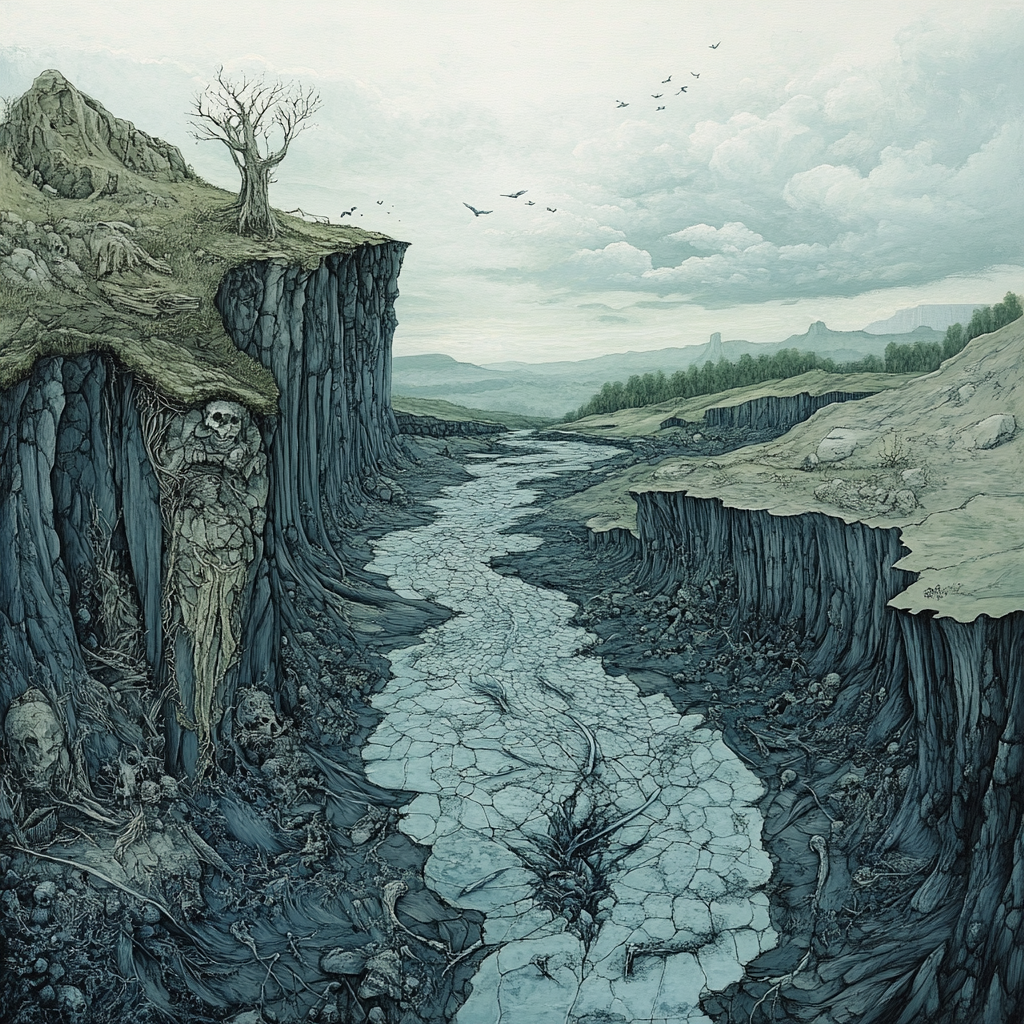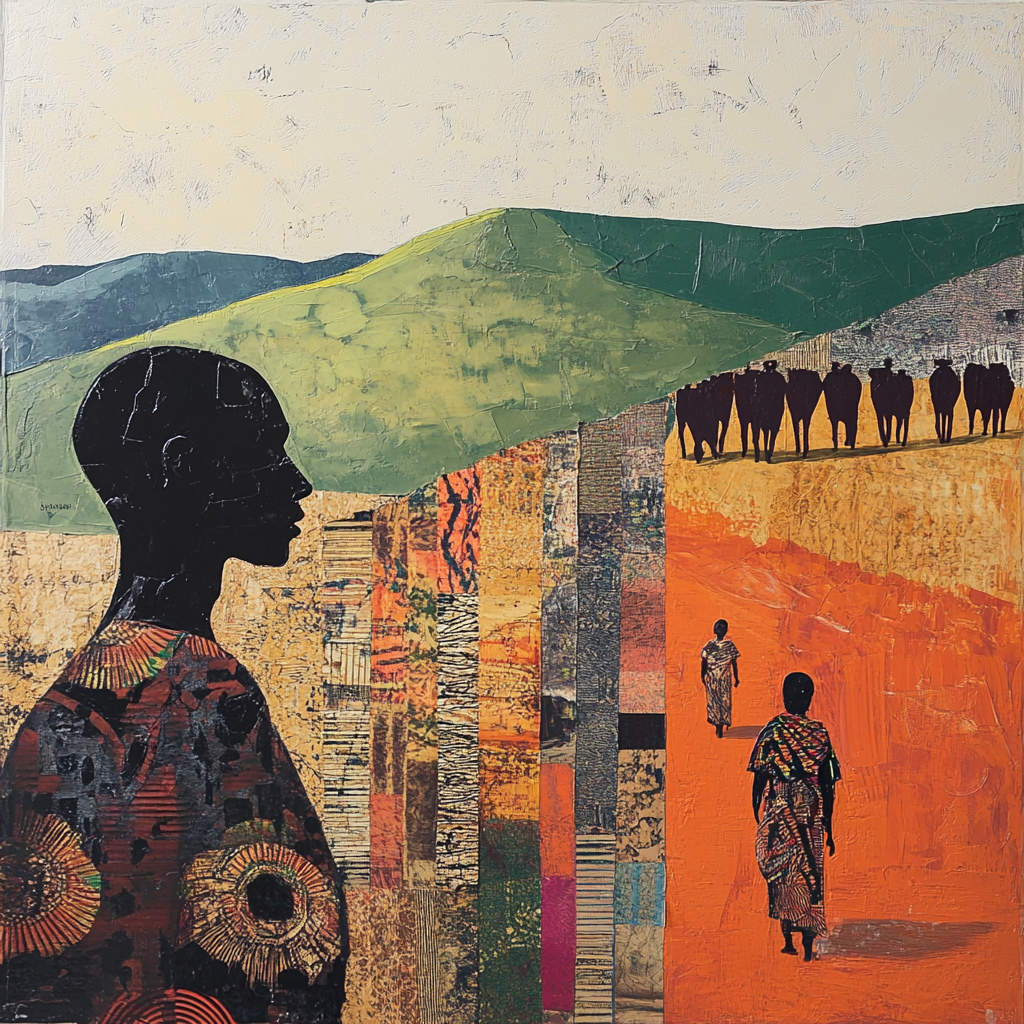Every line drawn on a map tells a story. These lines reflect identities lost, formed, and sometimes rediscovered. In Africa, they tell tales of geography intertwined with a complex history, one fragmented by foreign hands.
The Berlin Conference and the Scramble for Africa
As discussed in the previous video on the Berlin Conference, the 1800s and 1900s marked a period when European powers sought control over Africa. They convened in Berlin in 1884-1885, drawing lines on the map to partition the continent among themselves. These boundaries were created with little regard for the people or cultures they divided, leading to devastating consequences that linger to this day.
Take, for instance, the Somali people
The Division of the Somali People
Before the arrival of European colonial powers, the Somali people lived as a unified community, bound by shared culture, language, and traditions. However, colonial borders fragmented this unity, distributing the Somali population across Somalia, Djibouti, Kenya, and Ethiopia.
This was more than a geographical reshuffling. It tore families apart, reduced cohesive communities into scattered minorities, and subjected them to discrimination within their new countries. For the Somali people, these imposed borders became a painful reminder of the cost of colonialism.
The Horn of Africa is a region deeply affected by these arbitrary lines.
Nigeria: A Forced Union
Nigeria offers another example of the challenges wrought by colonial boundary-making. Before 1914, the region was a mosaic of powerful kingdoms and communities. However, the British, seeking administrative convenience, merged the northern and southern regions into one colony.
This unification placed vastly different groups—large ones like the Hausa, Yoruba, and Igbo, alongside over 250 smaller communities—within a single colonial framework. The result was frequent tensions and disagreements.
One of the most tragic outcomes was the Biafra War (1967-1970). Sparked by ethnic and political divisions, the war was marked by widespread suffering. A blockade imposed by the Nigerian government on Biafra caused devastating famine, claiming the lives of millions and underscoring the dire consequences of artificial divisions.


A Reflection on “What If”
Reflecting on these historical events often raises the question: What if things had been done differently? What if decisions about Africa’s borders had been informed by genuine understanding and respect for its diverse cultures and communities?
The Ethnographic Atlas, created by George Peter Murdock, was one such tool that could have provided valuable insights. It mapped the complexity and beauty of cultural landscapes, offering a path to better decisions. But colonial powers were driven by exploitation, not empathy.
Learning from the Past
As Maya Angelou once said, “We do the best we can with what we know, and when we know better, we do better.” If history had been shaped by knowledge, understanding, and empathy, we might now celebrate stories of unity and harmonious coexistence instead of recounting tales of division and strife.
While we cannot change the past, we can shape the future. Let the lessons of Africa’s fragmented history remind us of the importance of informed decision-making and mutual respect in building a better world. May we always strive to draw lines that unite rather than divide, honoring the richness and diversity of every community we encounter.
Join the Conversation
What are your thoughts on Africa’s colonial borders? How can we use these lessons to foster understanding and equity in today’s global landscape? Share your insights below.
Desta – Dekoloniale Stadtführung
+49 152 2108 6724
info@dekolonialestadtfuehrung.de oder info@decolonialtours.com
Du bist Journalist*in und daran interessiert, über uns zu schreiben? Nimm gerne Kontakt mit uns auf.
Impressum | Allgemeine Geschäftsbedingungen | Datenschutzerklärung | © Copyright 2025 deSta- Dekoloniale Stadtführung